In today’s fast-changing landscape, effective workforce development starts long before any training begins — it begins with truly understanding the client’s unique challenges and goals. SIT’s lifelong learning arm, SITLEARN, places client engagement at the heart of its approach, ensuring programmes are not just relevant but transformative.
When Applied Materials, the world's leading semiconductor equipment company needed a learning programme to build up its Singapore workforce capabilities in data analytics and artificial intelligence, the solution did not come from a global training consultancy. Instead, it came from an autonomous university in Singapore - one of the country’s youngest yet significantly distinguished for its industry-centric approach to education.
More than just one of Singapore’s youngest autonomous university, The Singapore Institute of Technology (SIT) stands out for its agility, innovation, and deep industry engagement - qualities that clinched its selection in a competitive open tender by semiconductor giant Applied Materials, which saw in SIT a partner that could match the pace and precision of its industry.
Working closely with SIT, the company co-developed a learning programme contextualised to the semiconductor sector that enabled employees to work on actual business problems, apply technical tools in real time, and deliver a solution that had direct operational impact.

1st graduation event for the Applied Materials Machine Learning and AI Data Analytics for the Semiconductor Industry Course in Feb 2025. (SIT Photo: Ken Lee)
“The semiconductor industry demands constant innovation. To stay ahead, we need a partner who truly understands our business and helps us build the right skills,” said Brian Tan, Corporate Vice President, Applied Global Services and Regional President, Applied Materials South East Asia.
“This collaboration with SIT gave us just that — equipping our people to shape the future and support Singapore’s Manufacturing 2030 vision."
Associate Professor Zhou Jun Hong, who was the Course Director for the programme, said: “It’s a OneSIT team effort when we came together to work on the proposal, engage the client, regroup for the after-action-review and finally celebrate with the participants, supervisors and sponsors who flew in from US for the graduation ceremony.”
Such industry collaborations are at the core of SIT’s lifelong learning division, SITLEARN. As the university’s continuing education arm, SITLEARN has trained more than 25,000 professionals from 1,300 companies since its inception. But what sets it apart, according to clients and insiders, is not the number of courses offered — it is the degree of customer centricity, customisation and responsiveness to change.
Consultative, Not Prescriptive
Unlike traditional continuing education models where companies sign up for pre-designed courses, SITLEARN begins with discovery and consultation. The university’s Client and Partnership Development team, which leads the business engagement process, starts by understanding the company’s business vision, challenges, workforce gaps, and longer-term priorities.
Some clients approach SITLEARN with a defined training need. Others present only a broad concern, such as organisational change, digitalisation, or workforce renewal.
“When a company tells us they’re undergoing transformation but aren’t sure where learning fits in, that’s where we come in,” said Ken Lee, Senior Manager at SITLEARN.
“Our role is to help them articulate the capability gaps and then design a learning solution that directly addresses those needs.”
This could involve conducting learning needs assessments, mapping existing competencies against future job roles, or engaging different stakeholders — from HR, learning and development to business units — to clarify the learning outcomes.
Once the scope is established, SITLEARN collaborates with SIT’s academic clusters and associate faculty to co-design the programme. Depending on the complexity and duration required, it may take the form of short courses, boot camps, micro-credentials or CET degree pathways.
Measuring the Return on Expectations
In the semiconductor upskilling programme, for example, learners are expected to apply machine learning tools to business-specific challenges. This format means that the training went beyond theory — it delivers measurable outcomes for the company.
“There’s a significant difference between attending a lecture and solving your company’s pain points during training,” said Mr Lee. “That’s the value we aim to deliver.”
To evaluate the effectiveness of its programmes, SITLEARN tracks learner engagement, feedback, and outcomes through structured evaluations. Post-course impact surveys with both participants and their supervisors are used to assess how well the learning is applied in the workplace.
Classroom session for Applied Materials Machine Learning and AI Data Analytics for the Semiconductor Industry Course, Cohort 1. (SIT Photo: Ken Lee)
One key tool is the impact survey, used especially in programmes involving project-based learning. These surveys examine whether the solutions proposed by learners were implemented — and if they led to operational or financial improvements. In addition, SITLEARN also surveys the supervisors to document observations and success stories and obtain timely feedback on how the staff is doing to apply or demonstrate their competencies.
For significant programmes, SITLEARN will carry out an After-Action-Review (AAR) with the client on various aspects of the programme. To ensure optimal outcomes, SITLEARN and the course director make the necessary adjustments to enhance the programme or learning solution. “We don’t assume every programme will work perfectly the first time,” said Mr Lee. “If something’s not resonating, we fix it. That’s part of our iterative model.”
A Shift Towards Long-Term Partnerships
More companies are now treating learning and development as a strategic competitive advantage, and this shift has driven demand for more integrated and long-term learning partnerships.
Completion of Applied Materials Machine Learning and AI Data Analytics for the Semiconductor Industry Course, Cohort 1's project presentations. (SIT Photo: Ken Lee)
According to Robin Ngan, Director of SITLEARN, the goal is to move beyond transactional course delivery to a one-stop integrated learning solution and a trusted partner relationship that can scale across business units or regions. A recent example is the Applied Materials Learning Day, which brought SIT representatives and academic faculty across the border to #TeamAppliedMaterials Malaysia for their learning day. Dynamic, on-site formats brought fun and passion to hands-on boot camps on critical thinking and AI literacy, orchestrating impactful learning by meeting learners where they are.
“Increasingly, companies want learning programmes that align with their talent strategies, not just their training calendars,” he said.
“In an increasingly competitive environment, we need to put ourselves in the shoes of our clients and learners and consider how to deliver consistent value and impact that drives real business outcomes and exceed expectations.”
A New Role for Universities in Workforce Development
The role of universities is changing — from gatekeepers of foundational education to lifelong learning partners to industry. In Singapore, this shift has been accelerated by national policies such as SkillsFuture, which encourage working adults to upskill and employers to invest in training.
SITLEARN’s model sits squarely within this shift. It offers academic rigour without academic rigidity — an approach that many companies say is essential in today’s fast-changing operating environment.
“What we’re seeing now is a convergence of business needs and education delivery,” said Mr Ngan. “Universities that can respond quickly, design practically, and deliver for impact will become indispensable to industry.”
As the economy continues to evolve and companies confront the twin pressures of disruption and reinvention, SITLEARN's role as a strategic learning partner becomes not just relevant but essential.
“We don’t want to be yet another training partner to industry,” said Mr Ngan. Our intent is to be a trusted partner known for co-designing and co-developing solutions, delivering impact, and staying committed to our partners’ success over the long term.”
Not chasing credentials or ticking off training hours, but in designing learning that grows with the learner — agile, responsive, and anchored in purpose. That is what drives SITLEARN. At its best, lifelong learning isn’t a programme. It’s a mindset. A way of staying open to what’s next, of adapting with intention, and of building not just skills, but resilience. And in a world where transformation is constant, that may be the most valuable lesson of all.
Drawing on the wisdom of former General Electric CEO Jack Welch, Mr Ngan shared this impactful quote at the recent engagement at Applied Materials Malaysia: “An organisation’s ability to learn and translate that learning into action rapidly is the ultimate competitive advantage.”
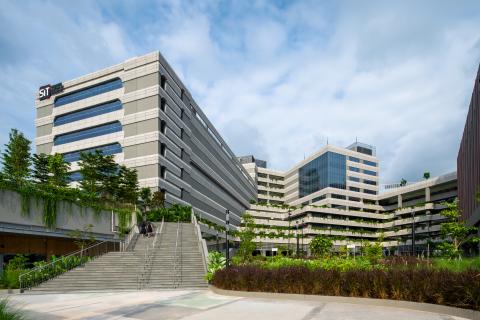
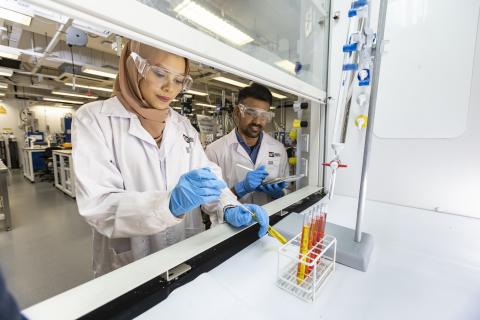
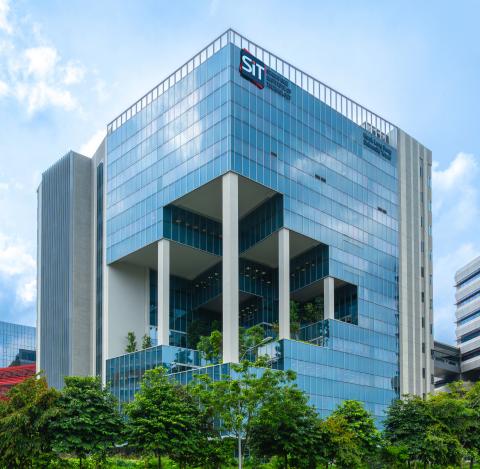



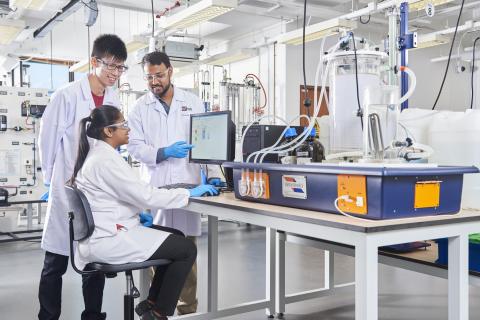
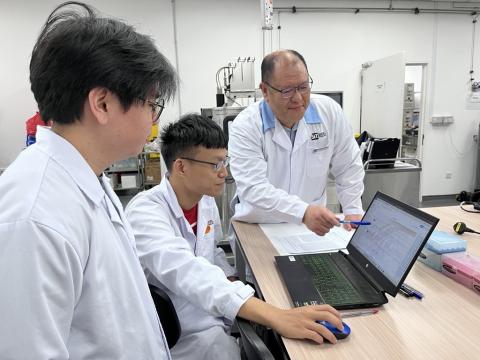


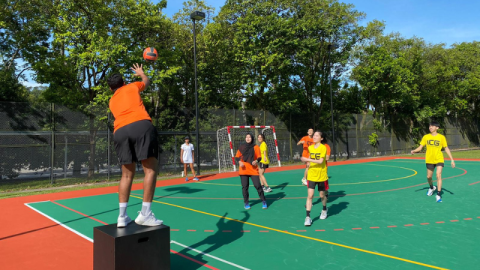




![[FA] SIT One SITizen Alumni Initiative_Web banner_1244px x 688px.jpg](/sites/default/files/2024-12/%5BFA%5D%20%20SIT%20One%20SITizen%20Alumni%20Initiative_Web%20banner_1244px%20x%20688px.jpg)


